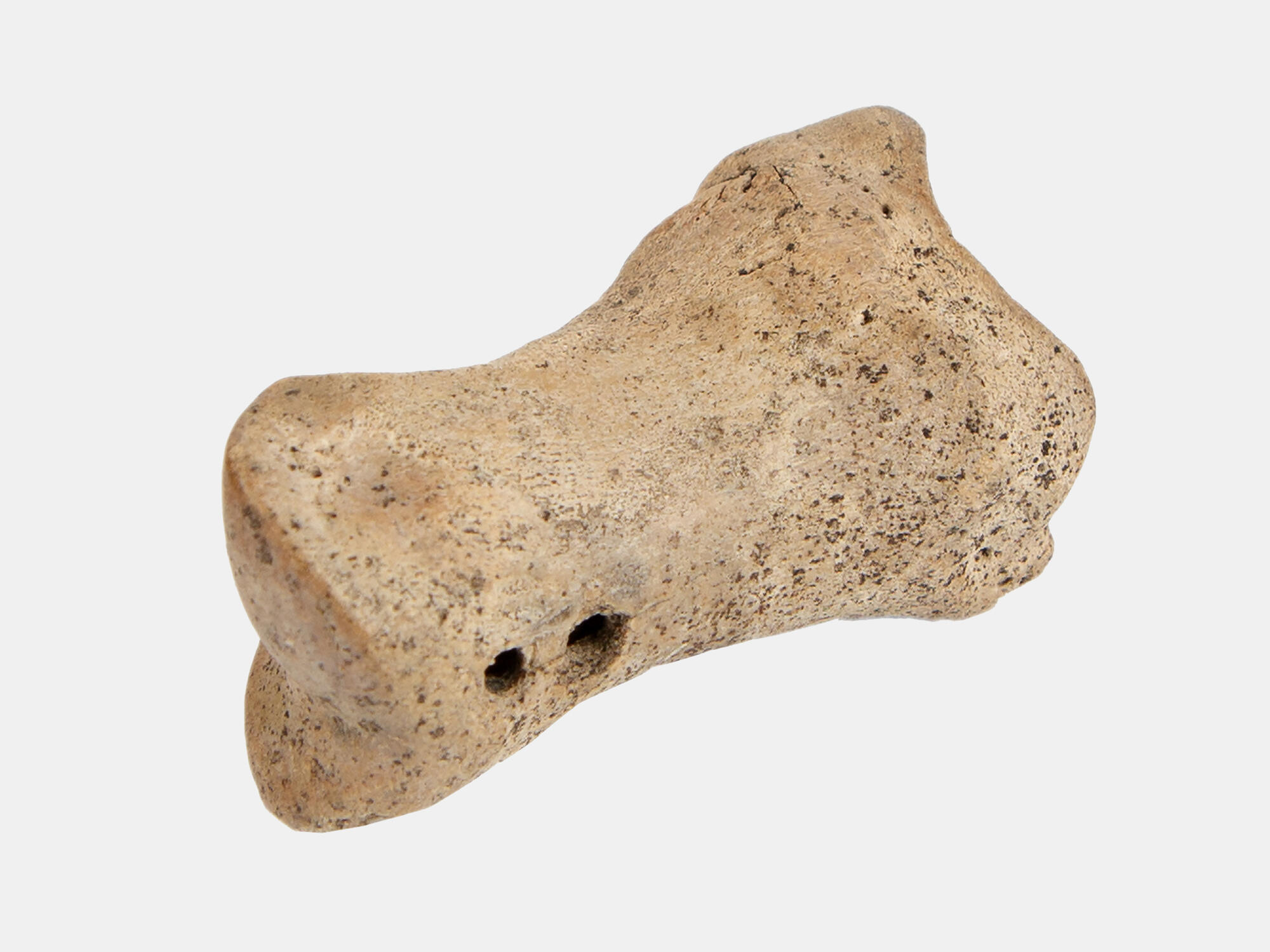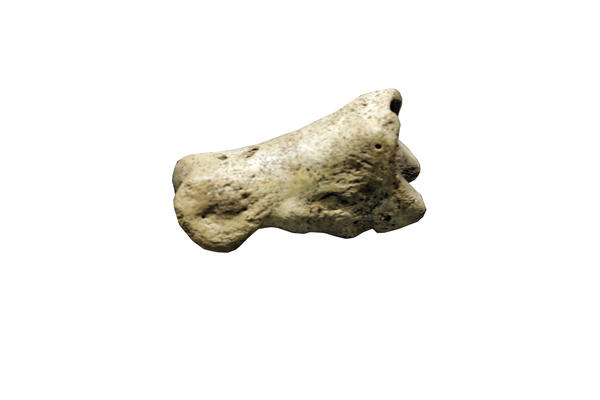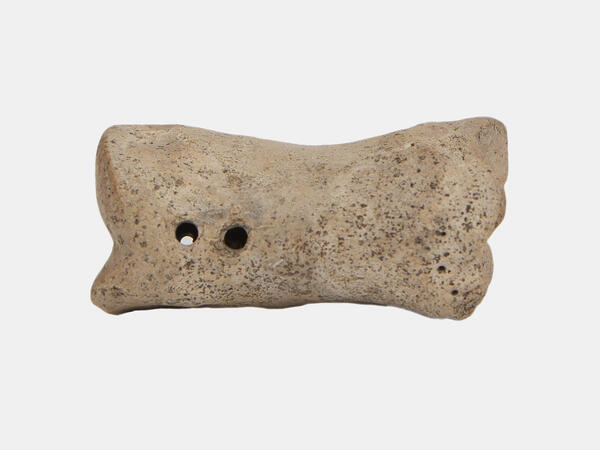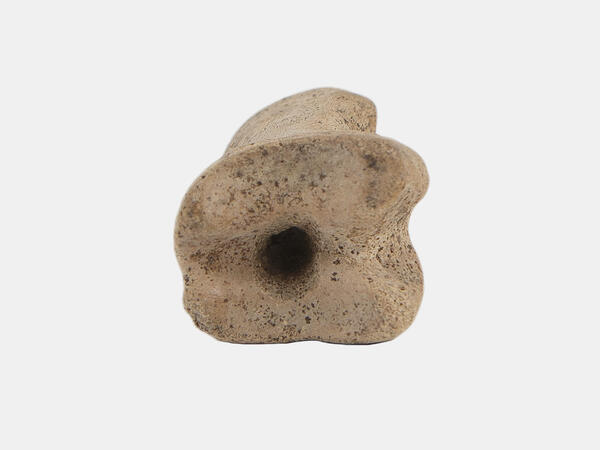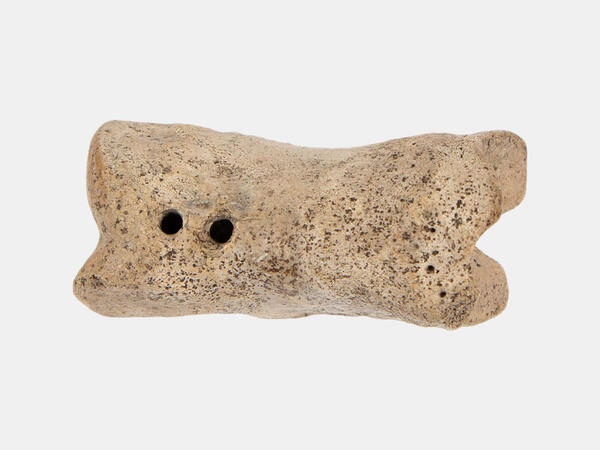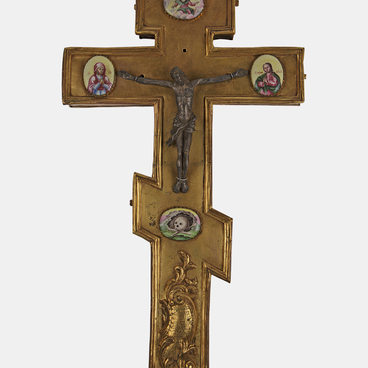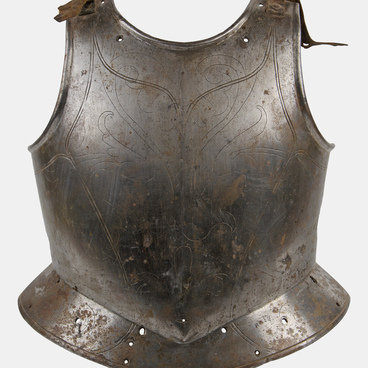Knucklebones was an ancient game of dexterity played with a number of jacks that were thrown and caught. Usually, players used the talus bones of domestic animals such as cows, sheep, pigs, and goats. They were called knucklebones — hence the name of the game. The concept of “playing dice” refers to both the game of knucklebones and dice, although the rules for these games are different.
Knucklebones is one of the earliest games in the history of civilization. People played this game in ancient Egypt, Greece, and Rome. It was depicted on stones, in sculptures and descriptions. Apart from bones, the phalanges of the fingers were also used.
In Rus, knucklebones were popular since olden times. The jacks were kept in homespun bags, people looked after them and collected the required quantity — about 30 pieces. Each jack had a distinct right and a left side. The jack could land on its top or bottom. Sometimes the knucklebones were decorated, painted, and sold.
Each player came with their own set of jacks. The game was a gamble: anyone could expand their collection or lose all their knucklebones. Sometimes it was played in teams: the jacks were put into a common pot, and each player kept their own ball.
The rules of the game were simple. The bones were placed in pairs on the ground in one row, and paired bones were called a nest. A line was drawn several steps away. Players took turns throwing the ball to knock out the nest.
Those players who managed to do this came closer. The player could take the knocked down jacks, but not hitting the nest meant that the knucklebones stayed where they were. Players drew lots to determine turns. It was done in the following way: everyone threw their ball from one place, and the one whose ball landed the furthest had the first go and so on. The game continued until all the jacks were picked.
Many artists and writers mentioned knucklebones as a traditional Russian pastime. One of the most famous illustrations is Vladimir Makovsky’s painting “Knuckles” (1870) featuring village boys during the game. It was purchased by Pavel Tretyakov for the Tretyakov Gallery in Moscow.
